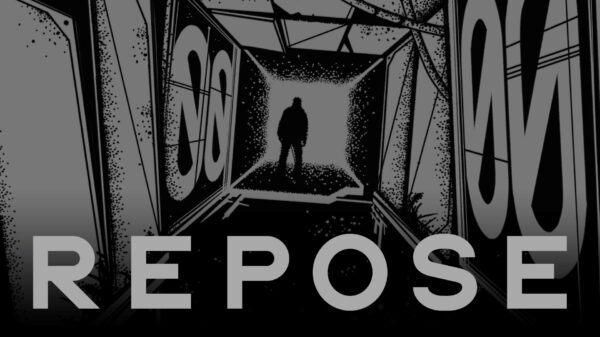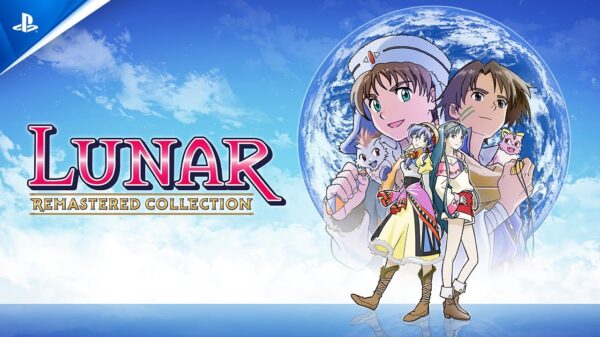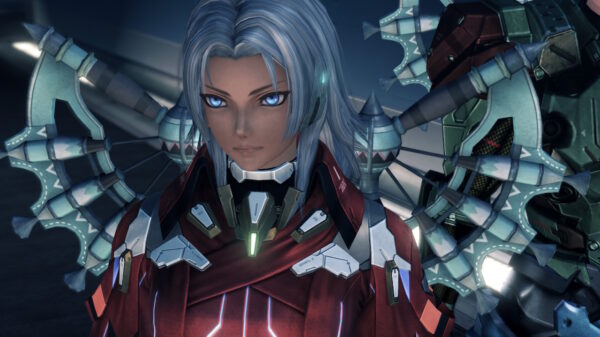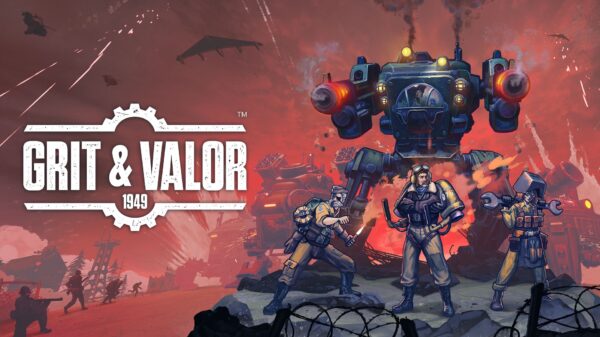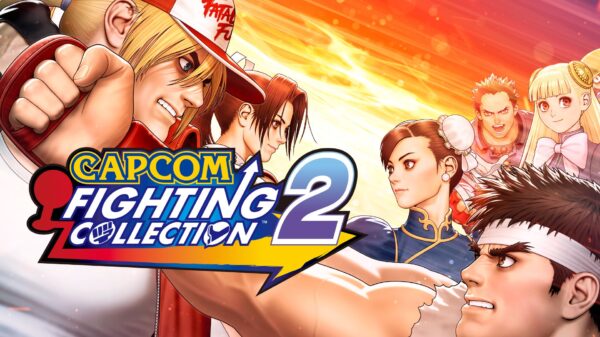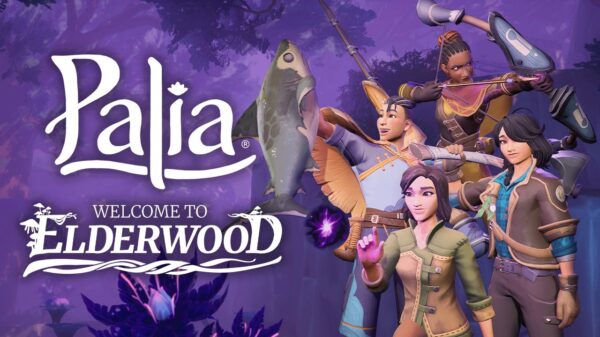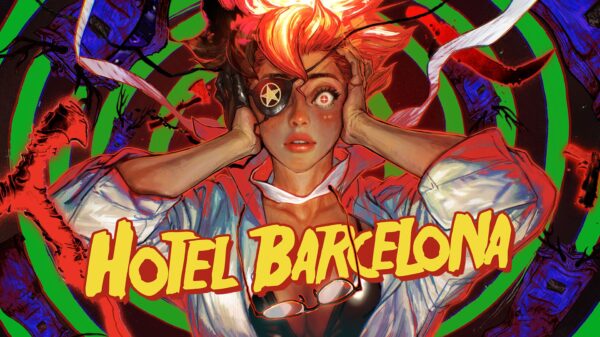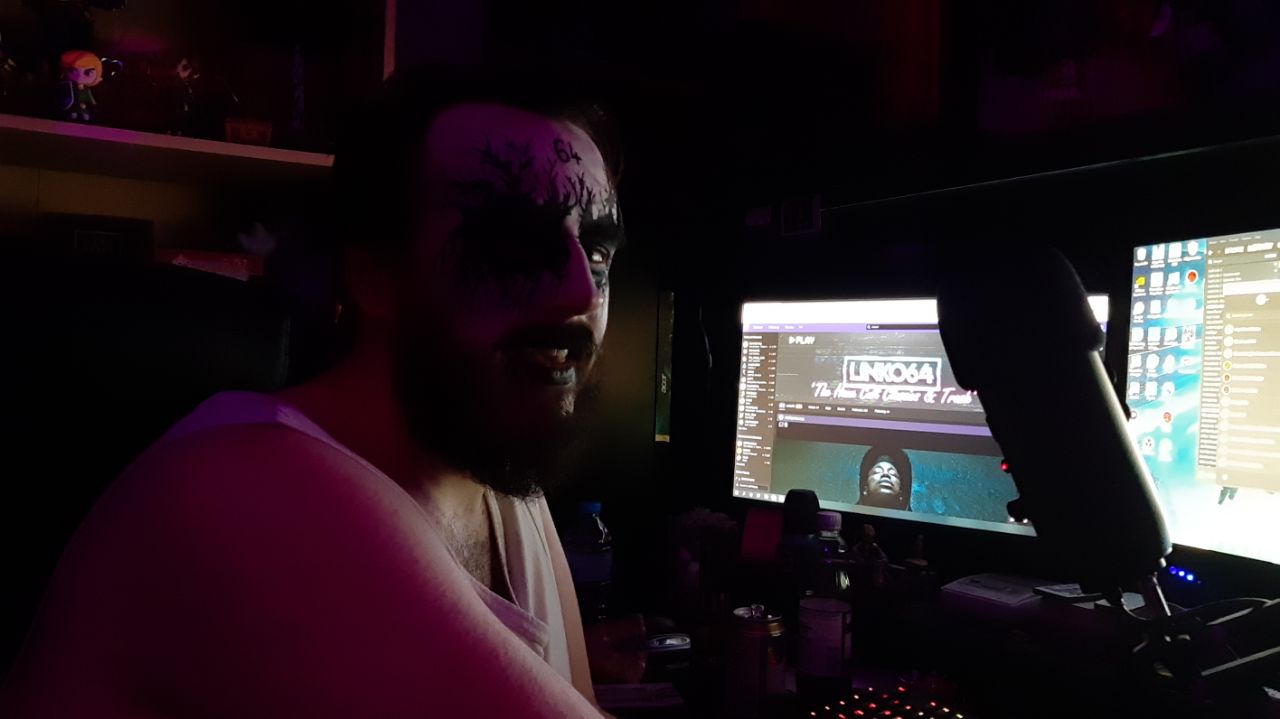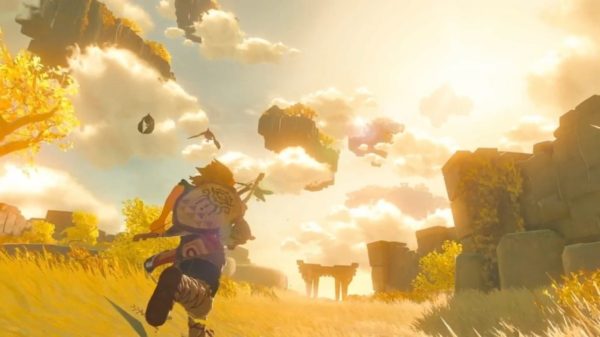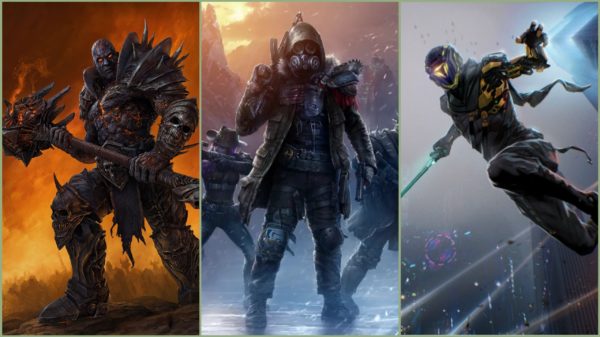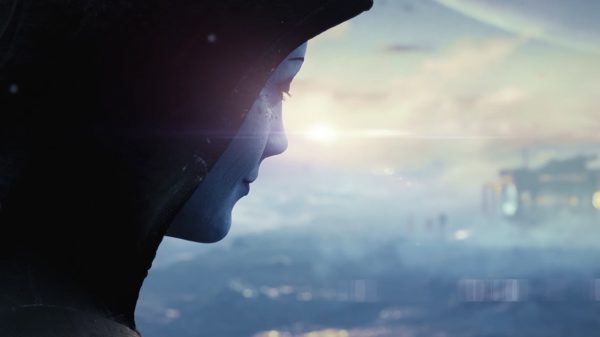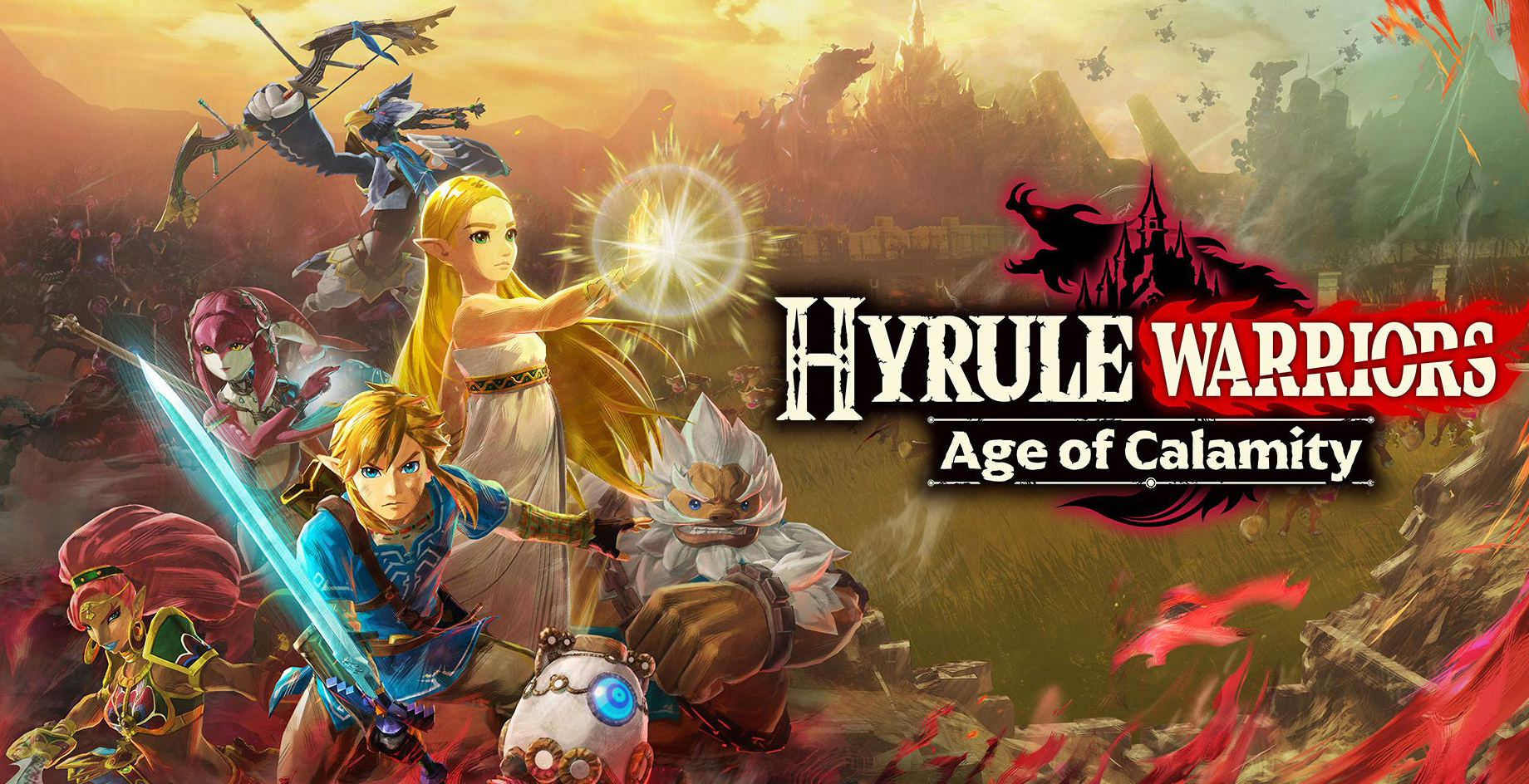Helping celebrate MonsterVine’s 11th anniversary, here’s Sean’s favorite games of the past 11 years!
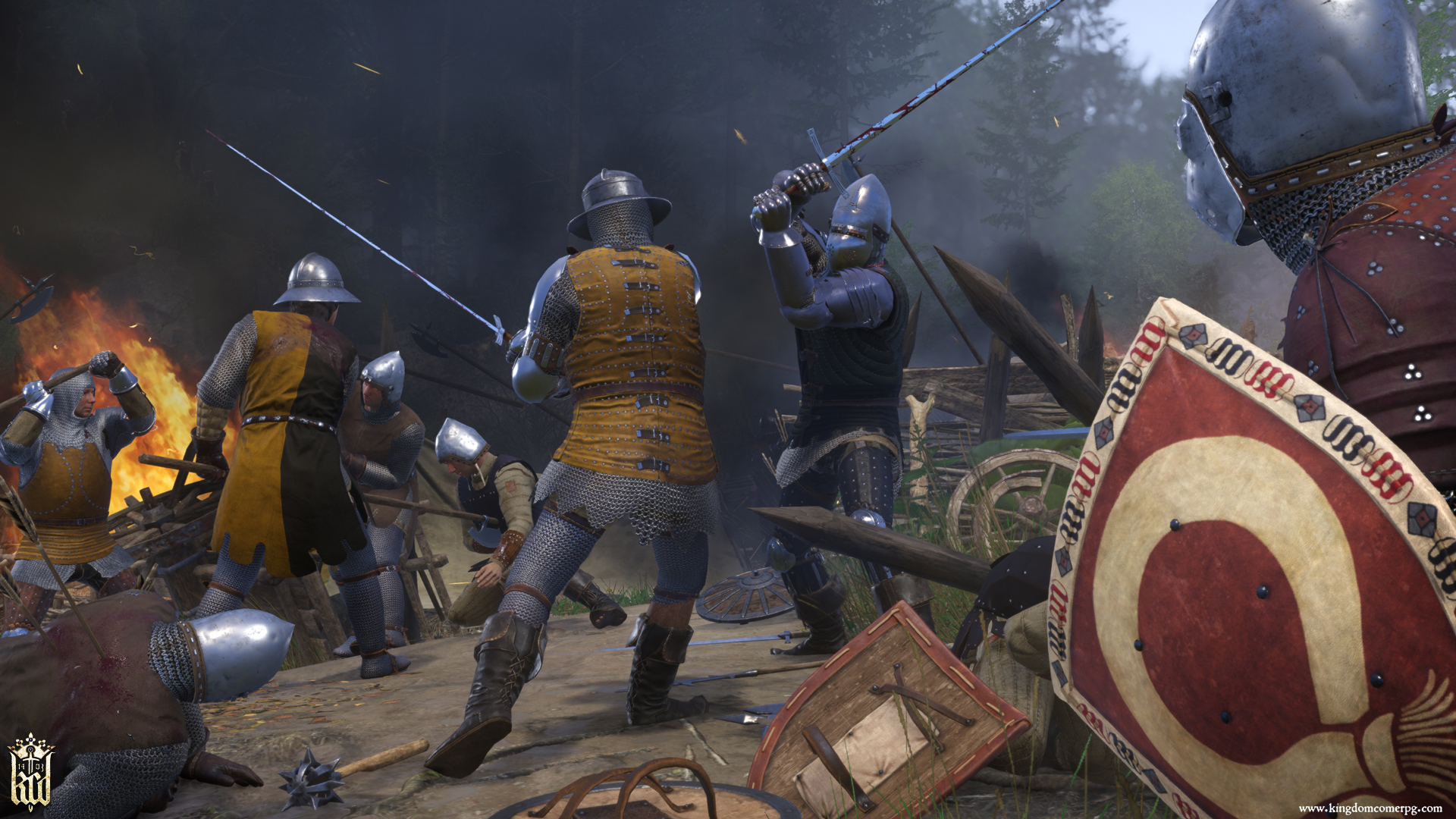
2018 – Kingdom Come Deliverance – The term ‘RPG’ has been bastardized into simply meaning picking a perk after gaining a predetermined amount of experience points. It means little and rarely offers anything other than a new ability. Kingdom Come Deliverance stuck two fingers up at this trend.
Yes, it’s janky and filled with bugs, but Eurojank is my thing. The truth is, Eurojank often reflects the ambition and creativity in stark contrast to the Western Triple-A scene that values production value over depth. Quite simply, Kingdom Come Deliverance demands a lot of the player but rewards them greatly. Everything is earned, nothing is given, which is fitting given the setting and story.
Your character (a peasant named Henry, wonderfully acted through Tom McKay) is formed by how you spend your time. Want to learn how to read? Better take classes and read as many books, scrolls, and posters as you can. Wish to be a swordsman? Only dedication to training and patience can achieve such things.
Everything feeds back into the game with such a vigorous determination that time never feels wasted. You don’t simply ‘play’ Henry, you become him. Complete with all the harshness you’d expect from the medieval Kingdom of Bohemia. It’s this harshness that separates those who enjoy more modern ‘RPG’s to something with more bite.
It would be an injustice to not pay credit to the multiple narratives found within the game’s world. From moments of hilarity, political intrigue and even exploration into the role of religion within society. At its heart is a core plot that creeps on you, producing a climax that does far more than close the story, creating emotional reactions and moments of reflection that were never expected.
Kingdom Come Deliverance is harsh, profound, bold and wholeheartedly rewarding. For me, there is very little that compares in the modern market when it comes to combining a true RPG experience with contemporary ideals.
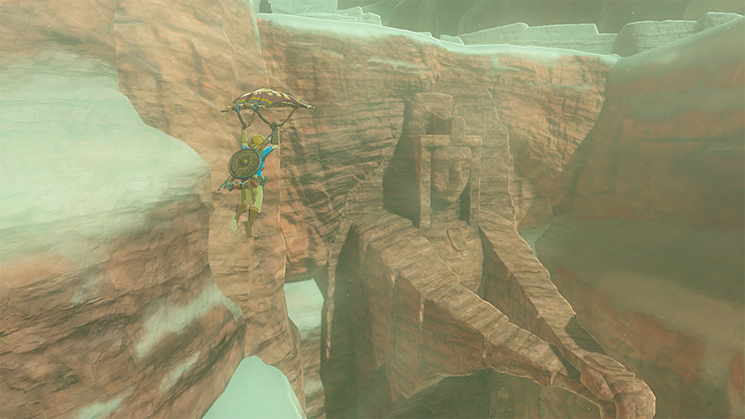
2017 – Breath of the Wild – Reworking the series in a bold direction. The real magic of the game is how it simply promotes the concept of play. You’re given the world to explore and interact with, the only limitation is your imagination. Given the franchise’s roots in Miyamoto’s childhood adventures around his neighborhood, Breath of the Wild truly feels like a game best played with that exact sense of childlike curiosity.
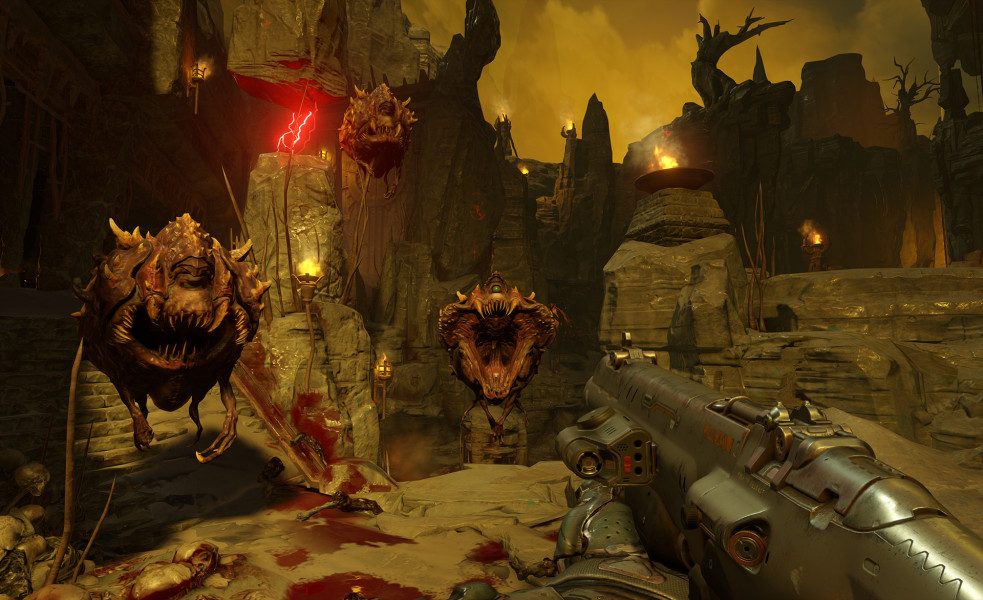
2016 – DOOM – I hated the idea of a new Doom purely down to how often reboots tend to turn out. The concern lay in the trends of the time, highly cinematic shooters, submerged in low skill ceiling structures with level design more akin to a supermarket aisle than an actual video game. But no, what we got as a much more nuanced affair.
DOOM took the bull by the horns and eviscerated it, then used those same horns to impale the nearest Hell-spawn in sight. From the first moment the game burst into life, till that last triumphant chapter, DOOM oozes with confidence and a sense of pride. A pride revolving around all the old school principles of the golden age of FPS.
In a funny turn of events, DOOM’s old school ways even created some old school moral panic, with some aiming criticism on how the game reveled in the ravaged flesh of the DOOM Slayer’s foes. DOOM’s ability to capture and display such a strong sense of identity is often overlooked. The Doom Slayer’s personality drenches the entire experience, without a single word being spoken, a true case of action speaking louder than words.
That phrase ‘actions speak louder than words’ is fundamentally at the core of the game. Blowing holes in the horrors of the realms of Hell, double jumping across the interweaving vertical level design. Everything within DOOM is action driven by the player, not a cutscene.
Admittedly, the soundtrack is a true toe-tapper, but the lack of any true metal (despite heavily borrowing from the genre’s imagery) does leave a curious ‘what if?’ floating about, but this is nothing more than a thought rather than a flaw.
DOOM is a first-person shooter by the way.
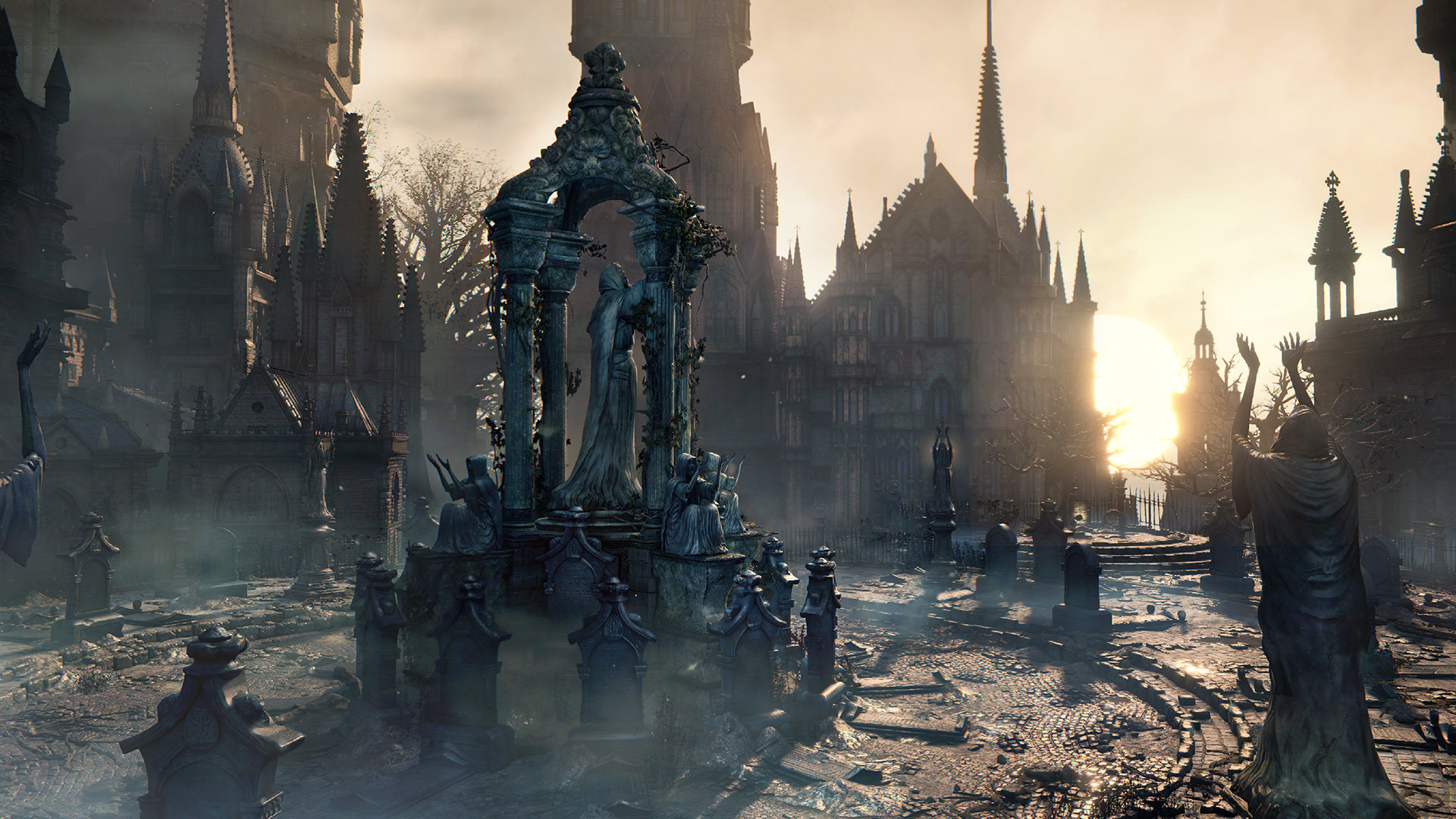
2015 – Bloodborne – Like Dark Souls, but if it drank far too much Monster. Wonderful. You’ve already played it so I don’t need to sell it to you.
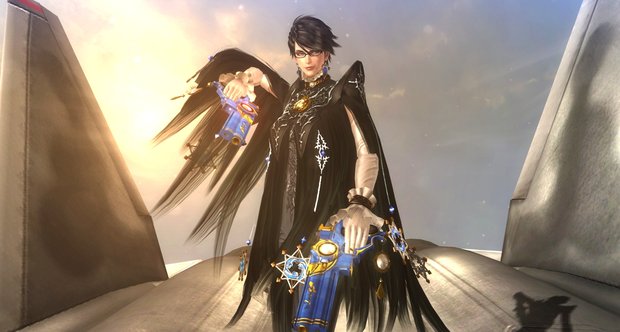
2014 – Bayonetta 2 – It justified my Wii-U purchase, kinda.
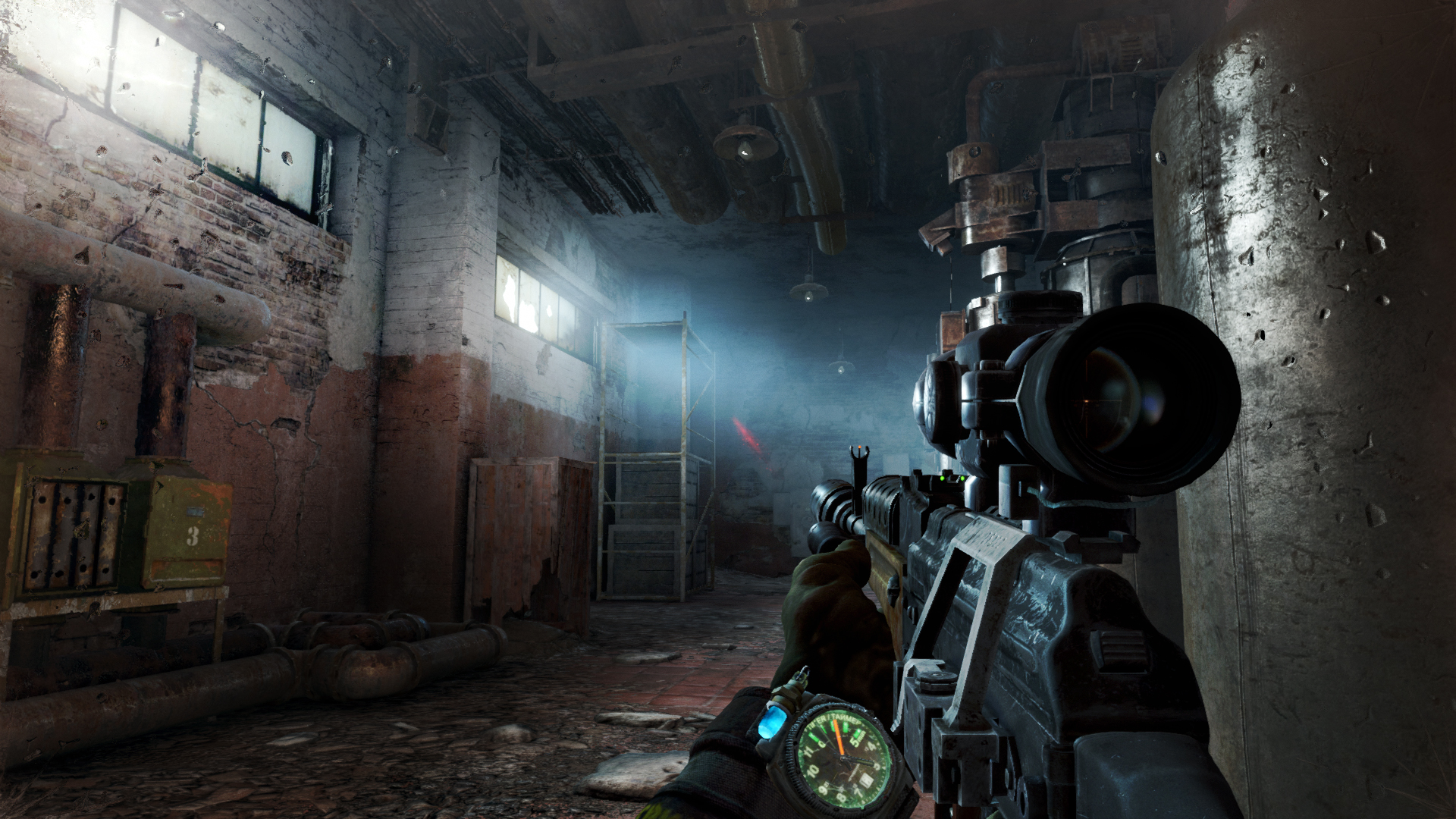
2013 – Metro Last Light – Metro 2033 built the world, Last Light fills it. Aside from S.T.A.L.K.E.R. (play S.T.A.L.K.E.R. by the way), no other game has quite captured that sense of hopelessness than Metro Last Light. Unlike other games that prefer to play the depression porn card (Walking Dead series 2 onwards, looking at you) Last Light understands that there needs to be a balance in order to enhance emotional connections.
In short, Russia is a nuclear mess, with humanity existing purely within the Metro system below.
Last Light, and Metro itself (bar the hugely disappointing, often alien, Exodus), does a phenomenal job of rendering the concept of human life moot. Bullets are the currency of society, buying food, water and medicine. A metaphor that should not be overlooked. Life is merely about survival, with people falling into various factions and beliefs as a means to cope. That’s before we get to the monsters roaming the tunnels and surface.
Metro Last Light’s story is one of redemption in the face of mistaken heroism. A power struggle between Nazis and Communists, with the rest of humanity trapped in between, sets up one hell of single-player experience.
Everything just works, from the gameplay, setting and art direction. It’s a worthwhile play on these principles alone, however, there’s one area in which Last Light is rarely beaten, it’s world-building.
There’s brief, subtle, moments that go beyond making a game world seem ‘real’. We witness how life is now adapted to living in metro systems, including a flooding line with its own fishing trade. Beyond all other moments in the game, there is one that has been so expertly crafted, yet so easy to miss, that it comes off as almost a secret between the game and yourself.
Within the first Metro station, a small area is littered with families and merchants trading and dwindling away their day. In the corner sits an older man, with a handful of children in front of him. He entertains them with shadow puppet guessing games, with the children shouting out the projected creature’s name. ‘Nosalis!, Lurker!’ they cry out confidently. But then, the fun is halted, replaced with confusion and bewilderment. The old man’s hands joined, waving in the light. ‘It’s a bird’ he explains, telling them of what a bird was and how it looked, only for the children to dismiss it as fantasy.
This brief exchange adds so much context to the world of Last Light, a truly unique moment. Last Light is a must play.
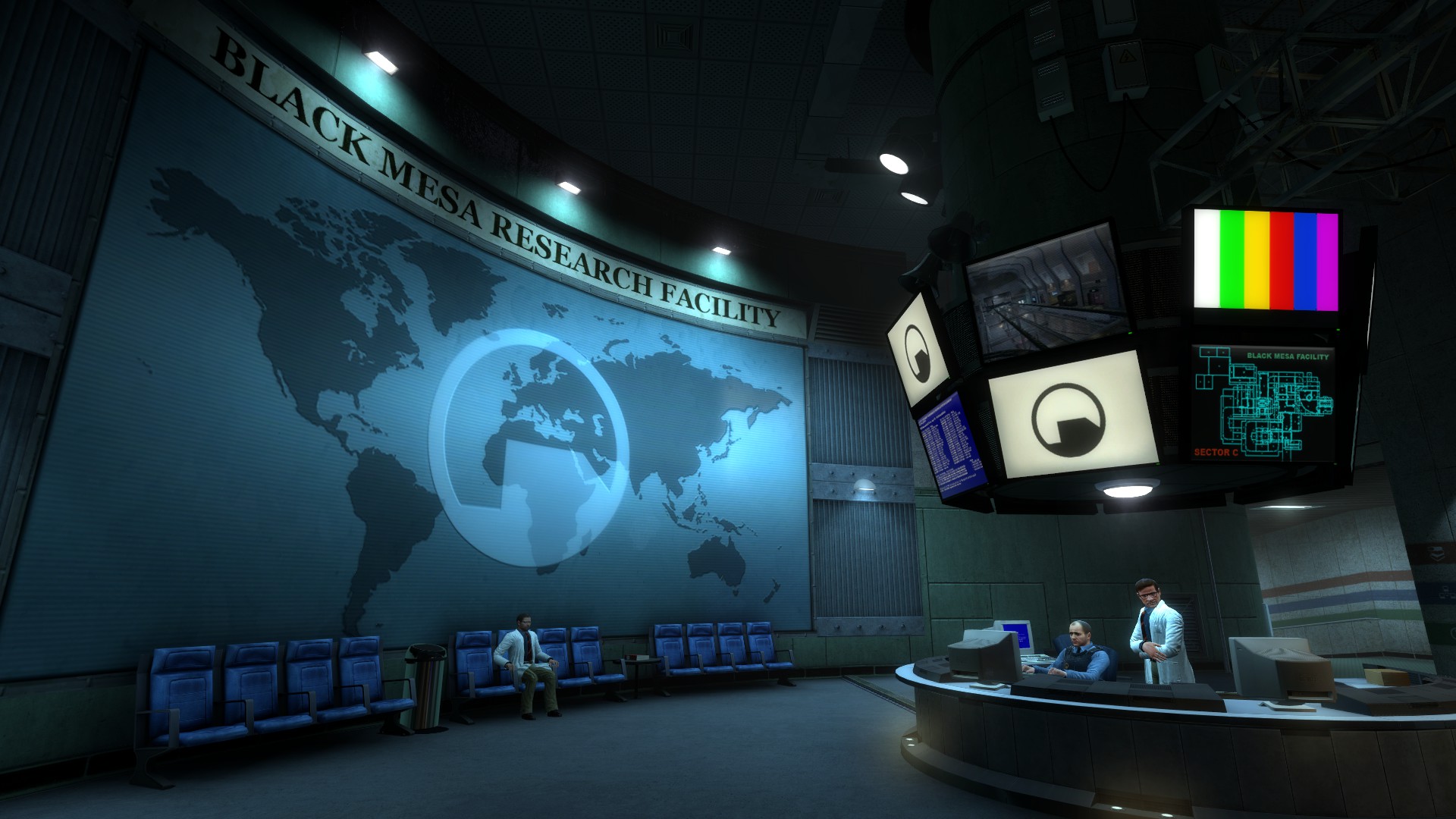
2012 – Black Mesa – Mods are important then, now and forever. Nothing more needs to be said.
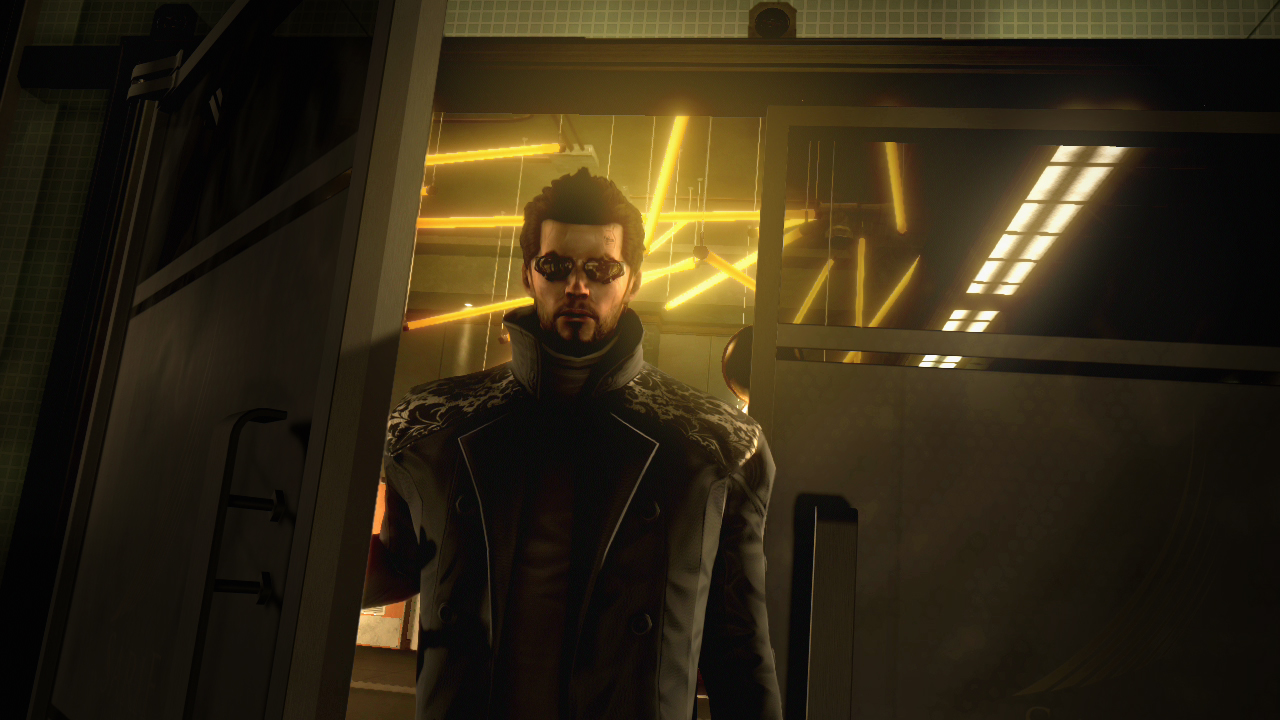
2011 – Deus Ex: Human Revolution – A great example of how to craft a game world filled with political themes without smashing the player on the head with them. There’s a level of subtly flowing throughout the entire game that successfully conveys a true sense of a society in transition.
The Noir vibes that protagonist Adam Jensen emits are irresistible. His disdain for what he has become creates the perfect platform to explore a living world filled with as many issues as it is technological advancements. Aside from the varied approaches in how to tackle the game, it’s everything around the gameplay that allows the game to shine.
It also has the best use of yellow and orange lighting ever.

2010 – Mass Effect 2 (honorable mention for Super Mario Galaxy 2, the best 3D Mario game.)
Mass Effect 2 – It signaled the direction of Bioware for years to come, with a more streamlined, console, friendly game. But this did not stop it from becoming one of the best games of its time. Pushing away from the traditional structure video game story structure of one big story focusing on the player, Mass Effect 2 is all about the supporting cast.
Each and every single team member has their own traits, background and story to close. These stories fill the game with a sense of believability and life, even with some wooden emotions. Each cast member’s closure loops around to final decision at the climax at the game. The myth that the ‘suicide mission’ is hard to beat and keep everyone alive is easily debunked by simply paying attention. Paying attention…a thing most modern games tend to reject in favor of big booms and bangs.

2009 – S.T.A.L.K.E.R – Call of Pripyat – Where we value the traits of Japanese development and devour those of the West, the video game media at large often ignores creations from Eastern Europe. While this ignorance is still a major problem, there have been a few games that broken through. But S.T.A.L.K.E.R. is S.T.A.L.K.E.R., representing so much in such a widely forgotten window.
Possibly the most Slav game in existence, S.T.A.L.K.E.R. is mean spirited, depressing, foreboding and utterly beautiful. The radioactive drenched world is littered is so many things, the majority of which want you dead, yet a sense of beauty persists. I can’t honestly tell you why the game works, even when it technically doesn’t. From buggy enemies, bad hitboxes and broken missions, the game (and series) is a mess. But where mistakes once lay, the fans now occupy. Rebuilding, fixing, reimagining. The wealth of mods available for all three S.T.A.L.K.E.R. games is staggering.
For me, it’s the quintessential PC game. A perfect example of how player power can truly improve, grow and curate a game. The community that has co-integrated around the series is closer to a cult than a player base, complete with their own traditions and language. It’s beautiful.
The harsh, always cold, realities of S.T.A.L.K.E.R. go beyond simply playing the game. Traversing the landscape, witnessing a living world complete with factions, wildlife and oddities, is a true journey. A journey I cannot put into any string of words that would do it justice.
Aside from the game’s value and place in video games, the culture the game is birthed from makes it truly unique. Eastern Europe is equally filled with as much natural beauty as they are human-made bluntness. From the gray structures of Soviet times to the industrial identities found within the heart of many cities and towns. It’s all there. Those who have spent time in the likes of Russia, Poland or Ukraine will be more than familiar with the seemingly endless array of cavernous apartment blocks of no real identity.
Vodka, tracksuits, Ak 47s, rusted metals and the relics of a time gone by, S.T.A.L.K.E.R. is truly a game of its people and origin.
Play S.T.A.L.K.E.R., tell your friends to play S.T.A.L.K.E.R, tell your mom, dad, grandparents and even that guy you say hello to through the connection of simply being at the same food store at the same time. Tell them all.

2008 – There’s so much in 2008, so let’s be brief
Fallout 3 – A big departure from the previous numbered entries in the series. Though it may lack some of the finer details of its predecessors, Fallout 3 is still a great jaunt through a depressing, fractured, world. Even better with Mods.
World of Warcraft: Wrath of The Lich King – New class, new zones, new abilities and taking on Arthas. Blizzard’s first two expansions for World of Warcraft where everything you could ask for. Even if Death Knights were overpowered scrubs for the first few months.
Left 4 Dead – Still the best co-op game around. Simple, fun, brutal. You don’t know true friendship till you sacrifice someone to the great Tank god. Also featured the first use of ‘Ok, Boomer’.
Gears of War 2 – The game that would make you cry. Well, it may not have done that, but the game itself was everything you’d want from a sequel to a game about chainsawing enemies into chunks fit for a McDonalds kid’s meal. Once a crown jewel in the Xbox brand, it’s easy to forget just how big Gears of War once was. The second entry into the series saw everything getting bigger, better and include a fella in a cowboy hat.
An Xbox 360 classic.
Far Cry 2 – The last time Ubisoft was truly bold. Far Cry 2 is the black sheep of the series, a black sheep with razor-sharp teeth. Weapon jamming, sickness, and permadeath. It’s hard, deep and fully lacking empathy for the player. Lovely.
Lost Odyssey – It’s what Final Fantasy 13 should have been. Deep, moving, detailed and relentlessly compelling. Backwards compatibility makes this even easier to play… but so would a lovely HD Remastering
Mass Effect – Clunky, tender, beautiful, like a lovely curry.

